18 Native Plants That Provide Shelter for Wildlife in Fall
As fall settles in, many native plants begin to play an important role in supporting wildlife. These plants not only provide shelter but also offer essential food sources as animals prepare for the colder months. From shrubs with dense foliage to flowering plants that attract pollinators, there are many ways to help local wildlife thrive during this season. Whether you’re a gardener or simply looking to support nature, adding native plants to your landscape can make a big difference. These plants provide safe spots for animals to hide, rest, and find food when resources become scarce.
This post may contain affiliate links, which helps keep this content free. Please read our disclosure for more info.
Goldenrod (Solidago spp.)
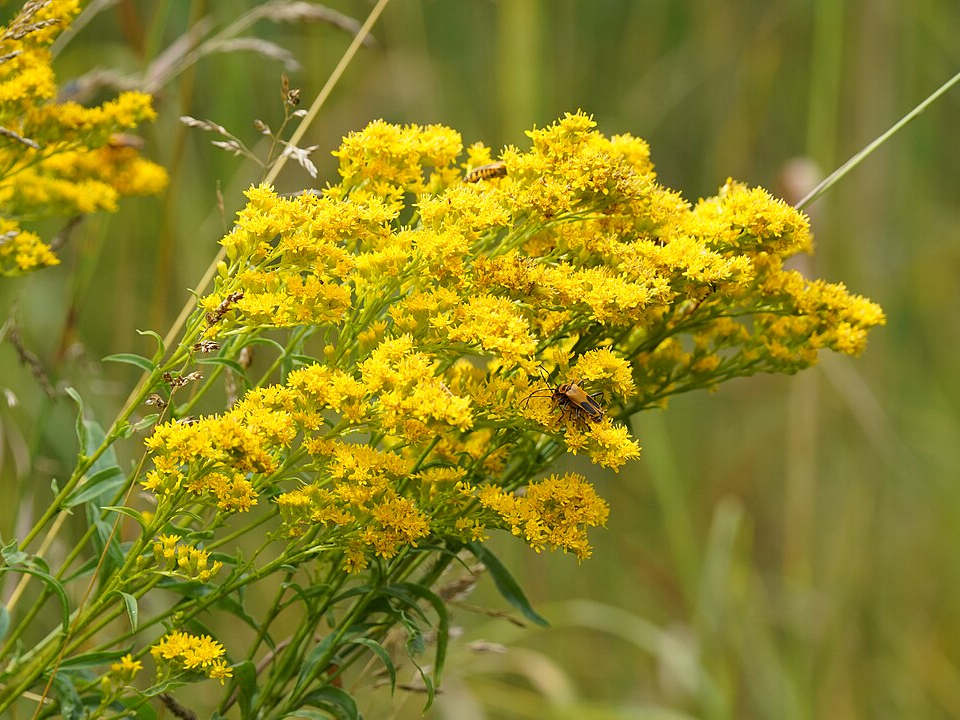
Goldenrod is an essential plant for wildlife, especially in the fall months when its vibrant yellow flowers attract a wide variety of pollinators. Birds, including sparrows, finches, and chickadees, benefit from its dense foliage and seeds, which provide food and shelter as the weather cools. The plant thrives in a variety of soil types and can be found in open fields, meadows, and along roadsides, making it a versatile addition to any garden.
As the flowers fade, the plant’s seed heads become an important food source for birds throughout the winter. Additionally, goldenrod offers a safe place for insects, such as butterflies and bees, to rest during their migration. Its ability to withstand fall and winter conditions makes it a reliable option for maintaining wildlife shelter even in the colder months.
Asters (Aster spp.)
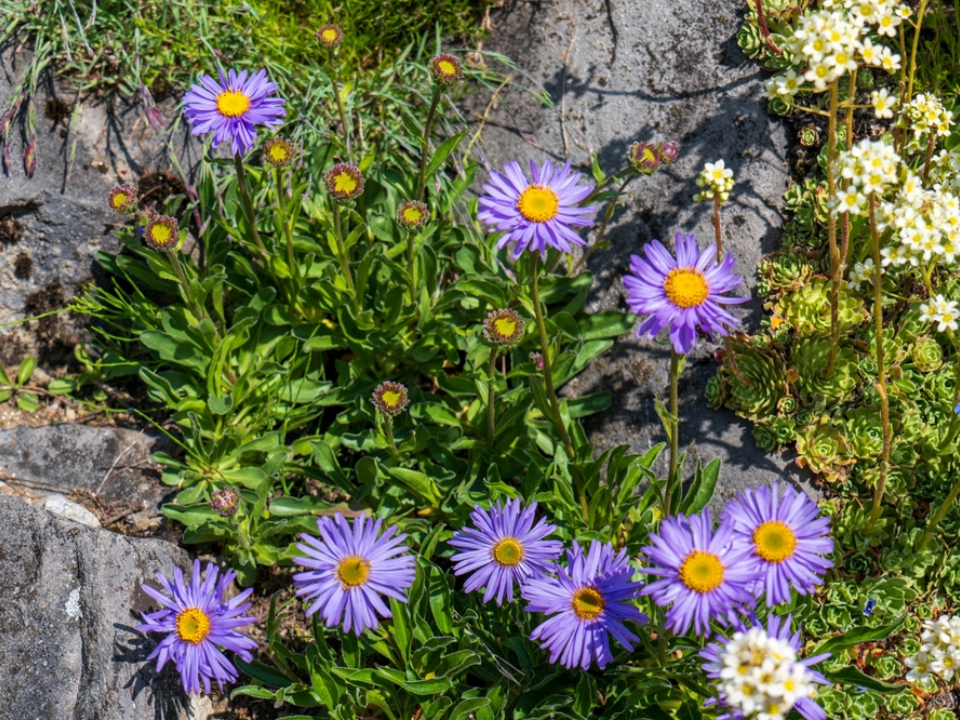
Asters are late-blooming plants that provide a beautiful splash of color in fall while also supporting local wildlife. Their flowers attract bees, butterflies, and other pollinators before the colder months set in. The dense clusters of flowers are perfect for supporting insects, which find shelter within the plant’s leaves and stems. Asters can thrive in a variety of habitats, from prairies to woodlands, and are adaptable to many soil types.
As the asters mature, their seed heads become a critical food source for birds like goldfinches. The structure of the plant offers shelter for smaller critters as well, helping to protect them from cold winds and predators. In addition to its ecological benefits, asters are relatively low-maintenance and add a lovely aesthetic to any garden.
Sumac (Rhus spp.)
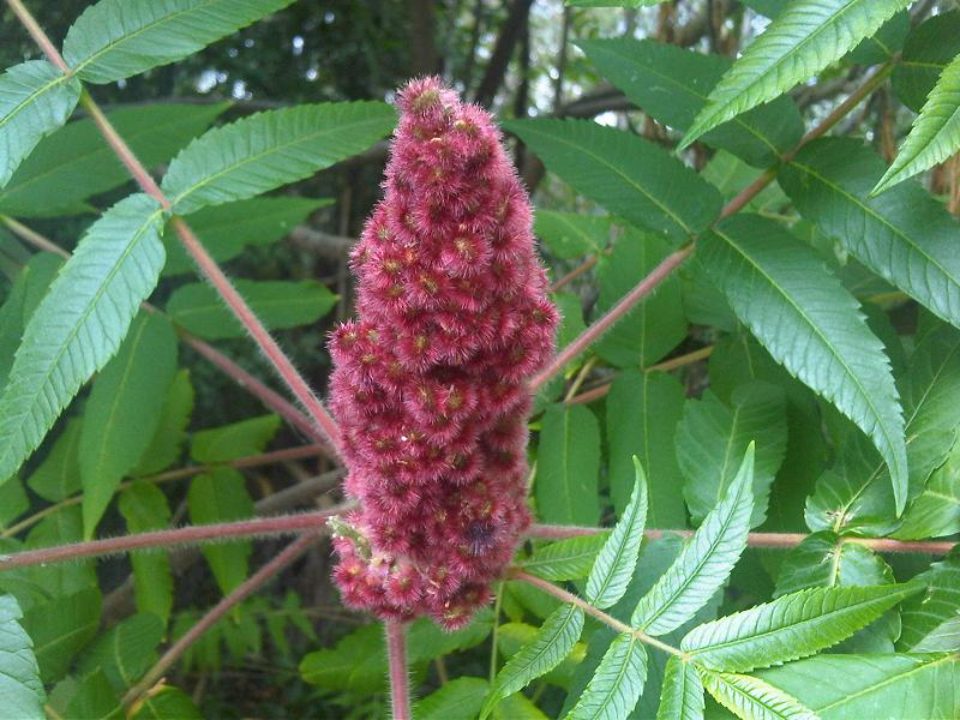
Sumac is a hardy shrub known for its stunning red foliage in the fall, and its dense branches provide much-needed shelter for various types of wildlife. The plant thrives in a variety of environments, from open fields to rocky hillsides, making it a great option for natural landscapes. In the fall, its vibrant red berries attract birds such as robins and cedar waxwings, providing them with a valuable food source.
In addition to attracting birds, sumac offers refuge for small mammals like rabbits and squirrels. The dense growth of the shrub creates natural hiding spots for these animals, which is especially crucial during the colder months when food and shelter become scarcer. Sumac’s adaptability to various environments makes it an excellent choice for enhancing local wildlife habitats.
Red-twig Dogwood (Cornus sericea)
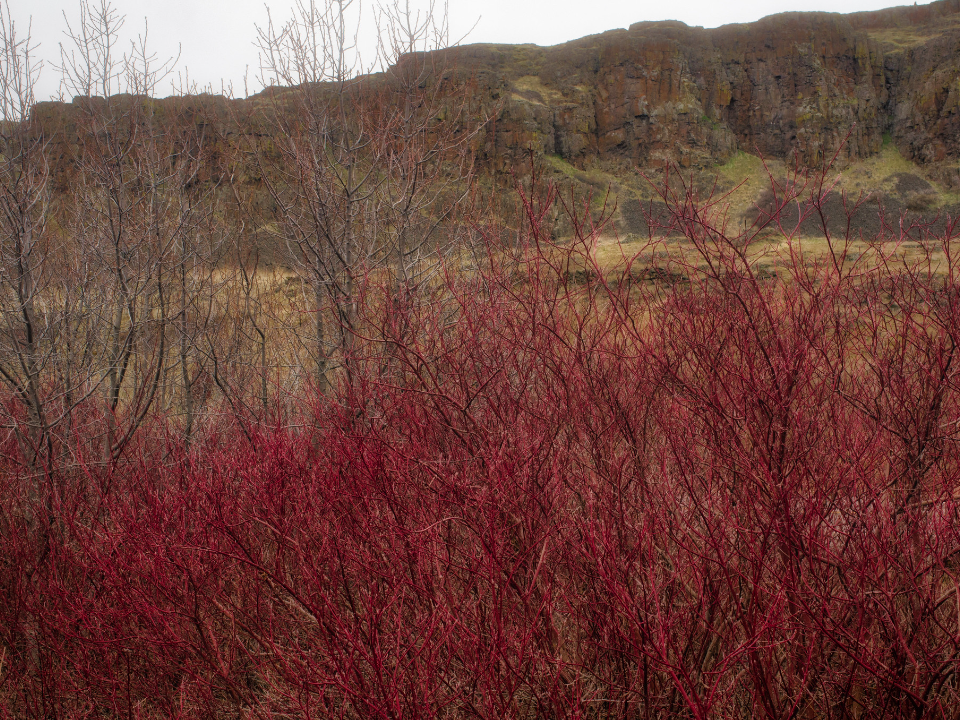
Red-twig dogwood is a deciduous shrub that provides shelter and food to wildlife throughout the fall and winter. Known for its bright red stems, this shrub is easily recognizable and often found in wetlands, riparian zones, and along riverbanks. In the fall, it produces small, white berries that attract birds like woodpeckers, chickadees, and jays, who feast on the fruit before migrating.
The dense growth habit of red-twig dogwood offers shelter to various animals, including rabbits and deer. Its thick branches and twigs provide protection from harsh winds and predators, offering a safe space for wildlife to seek refuge. This plant also tolerates wet conditions, making it a valuable addition to moist, low-lying areas in your garden.
Serviceberry (Amelanchier spp.)
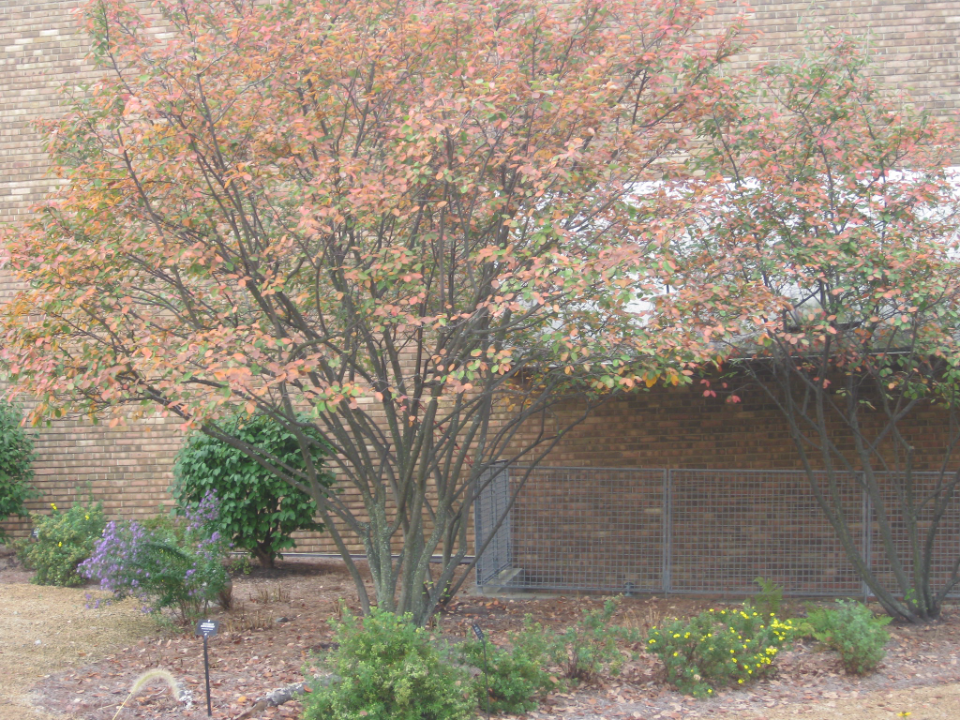
Serviceberry, also known as juneberry, is a native shrub or small tree that provides a multi-season benefit to wildlife. In the fall, the tree’s foliage turns a rich red-orange, while its berries attract various bird species, including robins, cedar waxwings, and thrushes. These berries are a vital food source as the colder months approach, helping to sustain birds through the winter.
The dense branching structure of serviceberry offers shelter to birds and small mammals, providing a safe place to rest and seek protection from the elements. The plant’s relatively small size makes it ideal for smaller spaces, and its ability to thrive in a range of soil types makes it an easy addition to your garden. Its beauty and usefulness make serviceberry a highly beneficial plant for supporting local wildlife.
Elderberry (Sambucus canadensis)
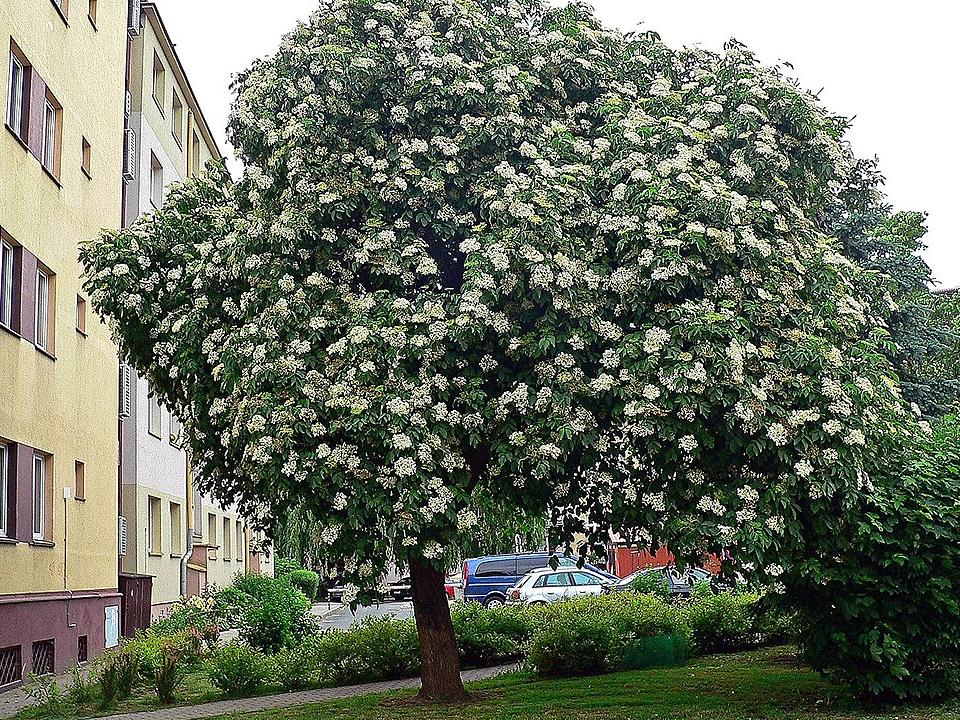
Elderberry is a tall shrub that produces clusters of small white flowers in the spring, followed by dark purple berries in late summer and fall. These berries are a critical food source for many species of birds, including woodpeckers, waxwings, and blue jays, who enjoy the berries throughout the colder months. Elderberry thrives in moist soils and can be found in wetlands and along stream banks, making it a perfect plant for wildlife-rich habitats.
Beyond providing food, elderberry offers shelter to various wildlife. The dense foliage provides a safe haven for small animals and insects during colder months. Its ability to grow in wet conditions makes it an excellent choice for areas prone to flooding, where it can offer both food and shelter for wildlife.
Switchgrass (Panicum virgatum)
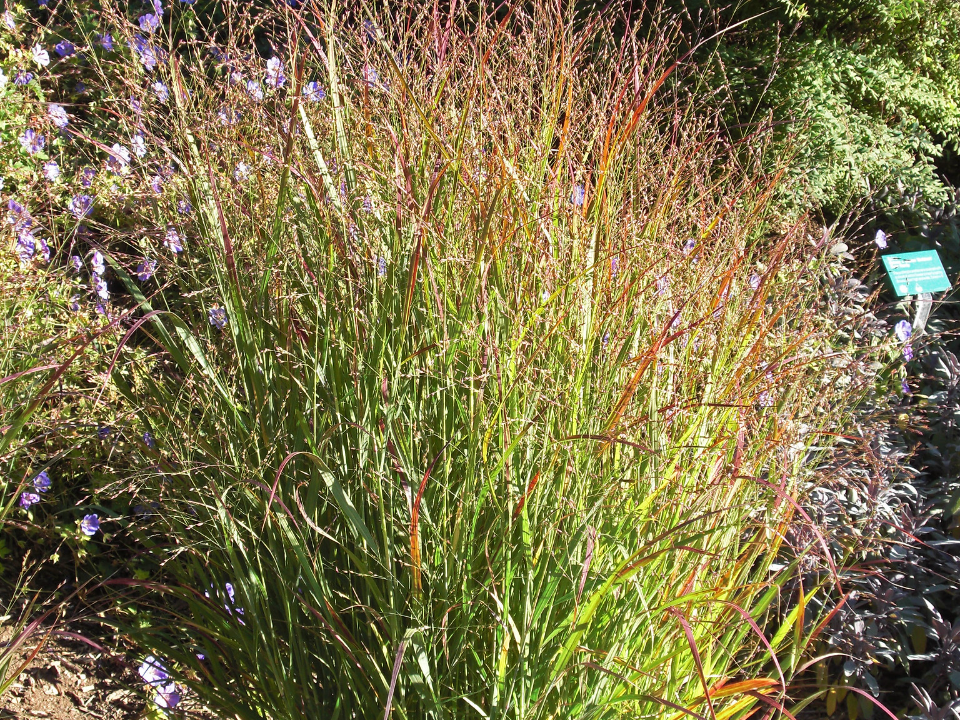
Switchgrass is a native grass that is highly valued for its ability to provide shelter and food for wildlife in the fall. The tall, dense growth creates an ideal hiding place for birds and small mammals looking for shelter from predators and cold weather. In the fall, switchgrass produces seed heads that attract sparrows, quail, and other seed-eating birds, helping to sustain them as food becomes less abundant.
This plant is hardy and thrives in a variety of soil types, making it a valuable addition to both natural and cultivated landscapes. Its dense roots also help prevent soil erosion, making it useful in areas prone to heavy rainfall. Switchgrass offers significant ecological benefits, making it a great choice for promoting wildlife health and shelter during the fall.
Black-eyed Susan (Rudbeckia hirta)
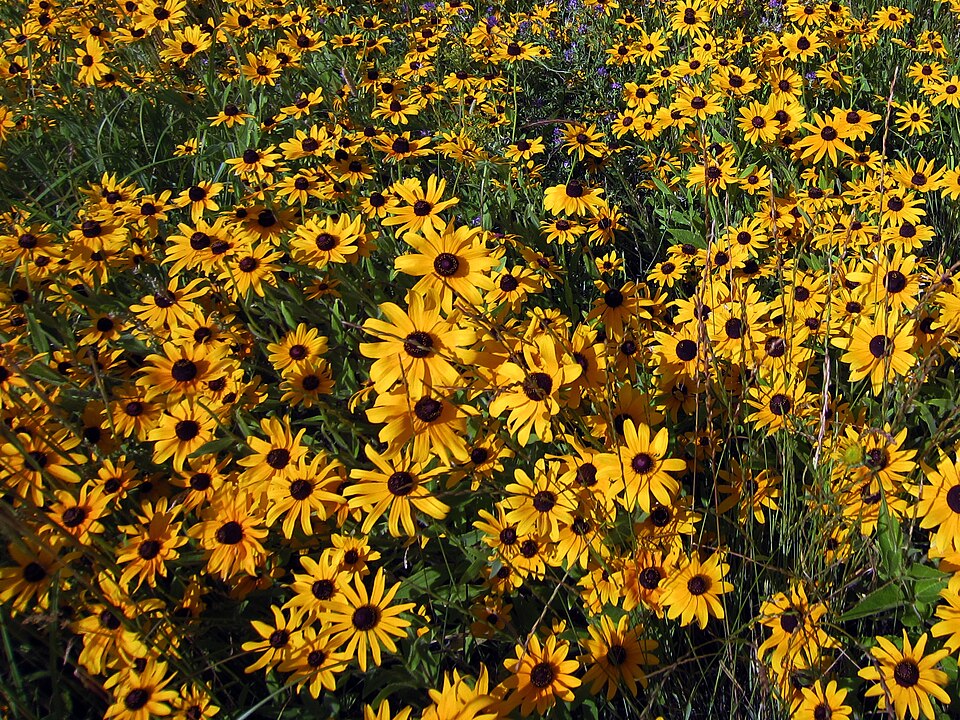
Black-eyed Susan is a versatile and resilient native plant that blooms in late summer and into the fall. Its bright yellow flowers with dark centers attract a variety of pollinators, including bees and butterflies, who rely on it for nectar. As the flowers fade, the plant’s seed heads become an important food source for birds such as goldfinches, who feast on the seeds during the colder months.
Beyond attracting pollinators, black-eyed Susan also offers shelter to smaller wildlife. Its dense stems and leaves provide cover for insects, amphibians, and small mammals, who find refuge within its foliage. This low-maintenance plant thrives in many environments, from prairies to gardens, making it an excellent choice for any space looking to support local wildlife.
Wild Bergamot (Monarda fistulosa)
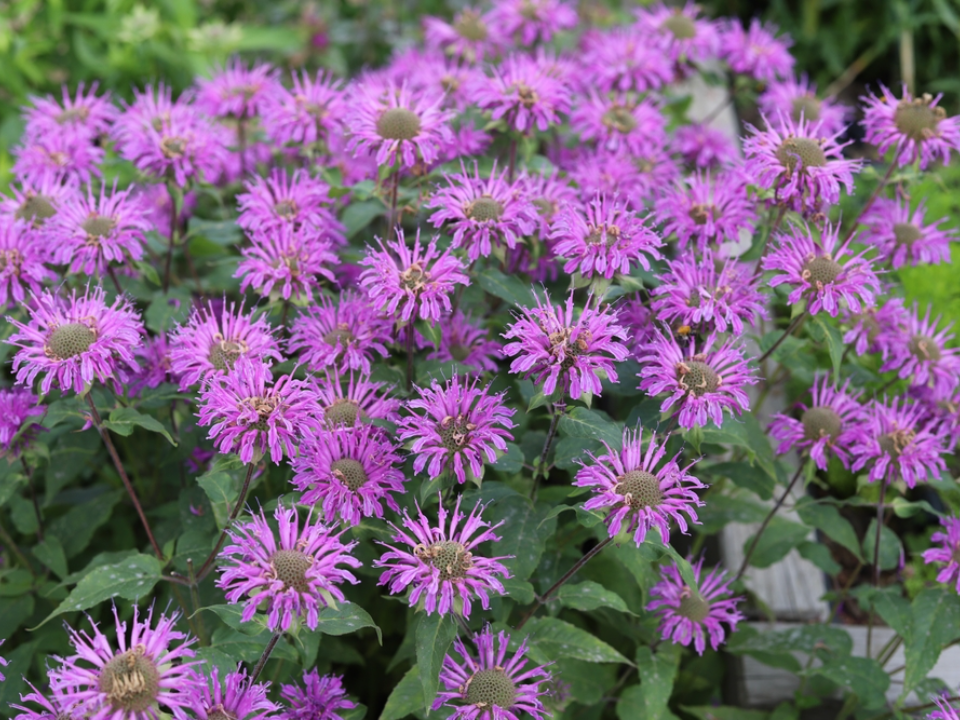
Wild bergamot, also known as bee balm, is a fragrant plant that attracts a variety of pollinators, including bees, butterflies, and hummingbirds. Its pink to purple flowers bloom in mid-summer and continue to provide nectar into the fall, helping pollinators sustain themselves as other sources dwindle. The plant’s dense growth provides shelter for insects and small birds who rest in its foliage.
As the flowers fade, the plant’s seed heads become an important food source for finches and other seed-eating birds. Wild bergamot’s ability to thrive in a variety of soil types and light conditions makes it a great option for enhancing any garden, while also supporting local wildlife. Its late-season blooms and hardy structure make it a reliable option for shelter in the fall.
Winterberry Holly (Ilex verticillata)
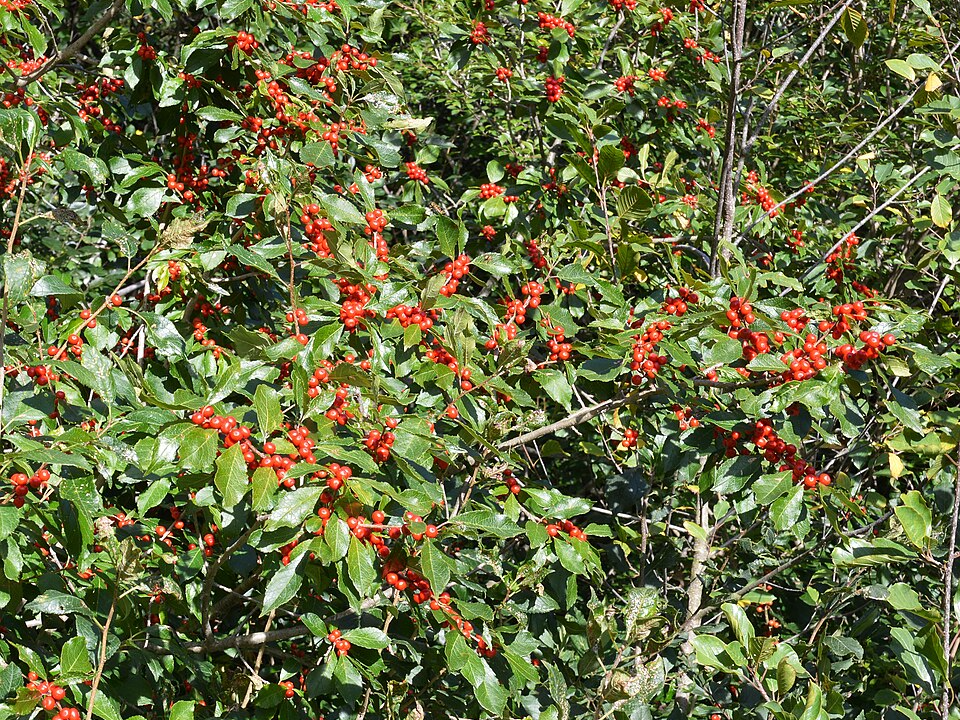
Winterberry holly is a deciduous shrub that provides food and shelter for wildlife during the colder months. In fall, its bright red berries become a key food source for birds like robins, bluebirds, and cedar waxwings. The berries persist throughout the winter, offering birds an important food source when other resources are scarce.
The dense growth of winterberry holly offers shelter to small mammals and birds, providing protection from predators and harsh weather conditions. This shrub thrives in wet conditions, making it ideal for areas near ponds or marshes. Its stunning fall color and ability to provide shelter for wildlife make it an excellent addition to any wildlife garden.
Virginia Pine (Pinus virginiana)
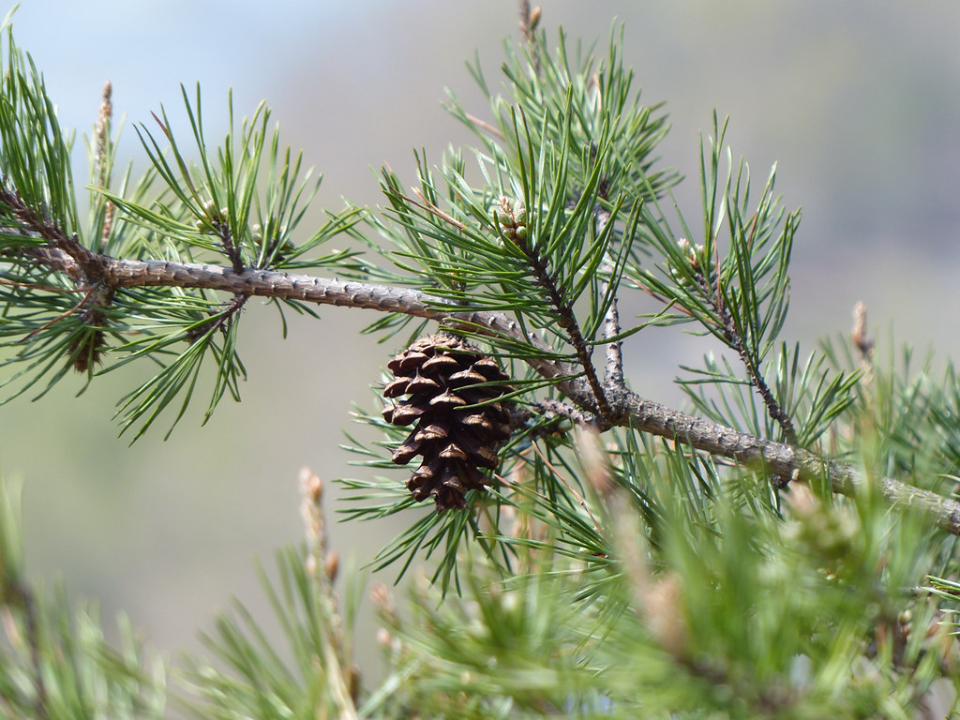
Virginia pine is a native evergreen tree that provides year-round shelter and food for wildlife. In the fall, its dense needles create shelter for small mammals and birds, while its seeds offer a food source for species like squirrels, woodpeckers, and nuthatches. The tree’s hardiness in various soil types makes it suitable for many landscapes, from hillsides to lowland areas.
In addition to providing food, Virginia pine’s branches offer protection from the elements. Its dense growth creates safe spaces for wildlife, particularly during winter when shelter is at a premium. Its evergreen nature makes it an especially valuable plant for year-round wildlife support.
Eastern Red Cedar (Juniperus virginiana)
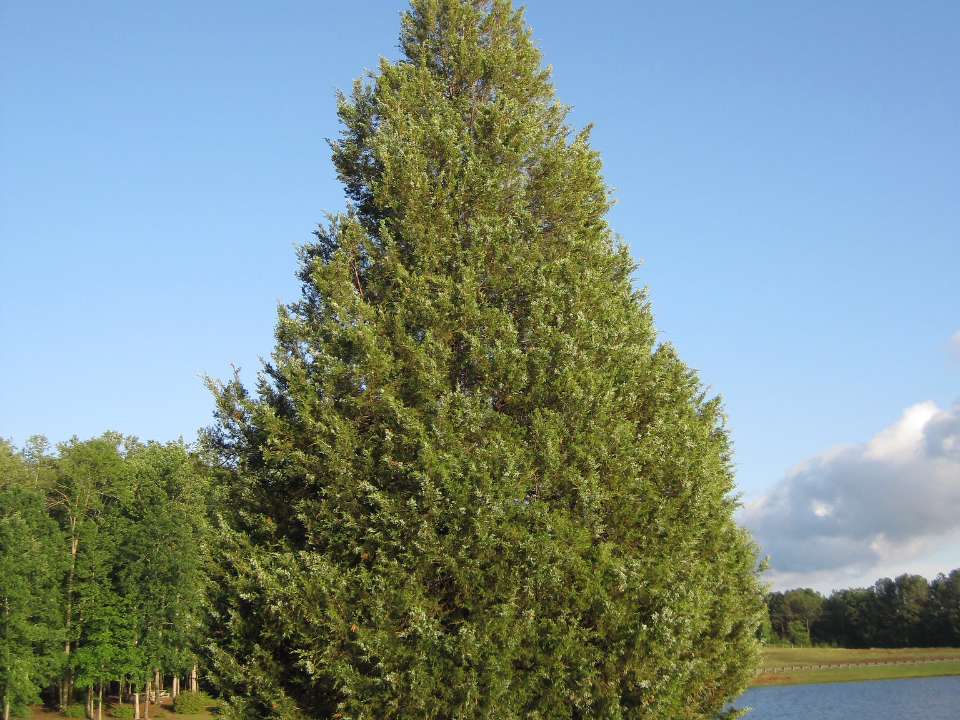
Eastern red cedar is an evergreen tree that provides shelter and food for wildlife year-round. In the fall, its blue-green berries attract birds like robins, mockingbirds, and cedar waxwings, who feast on them before migrating. The tree’s dense foliage offers year-round shelter for birds and small mammals, making it a great addition to any wildlife habitat.
The branches of the eastern red cedar also provide refuge for insects and small animals seeking shelter from the elements. Its ability to grow in a variety of soils and conditions, including rocky and dry areas, makes it an adaptable and useful tree for supporting local wildlife. The eastern red cedar’s dense structure offers much-needed protection during fall and winter.
Beech Tree (Fagus grandifolia)
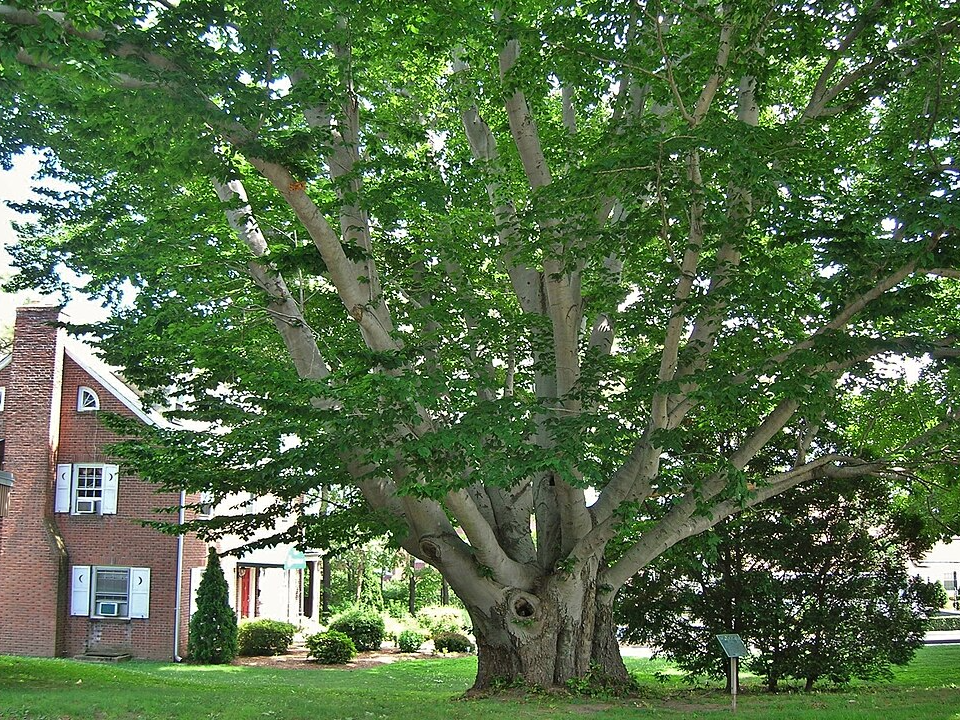
The beech tree is known for its smooth bark and wide canopy, which provides shelter for various wildlife species. In the fall, its dense canopy offers protection to small mammals such as squirrels, chipmunks, and deer from the cold and predators. The tree’s leaves turn a striking golden color, providing both shelter and a beautiful sight for wildlife lovers.
Beech trees also produce small nuts, which are a valuable food source for many animals, including birds and mammals. These nuts sustain wildlife through the colder months when other food sources are less abundant. The beech tree’s structure and food offerings make it a vital component in supporting wildlife during fall.
Wild Lupine (Lupinus perennis)
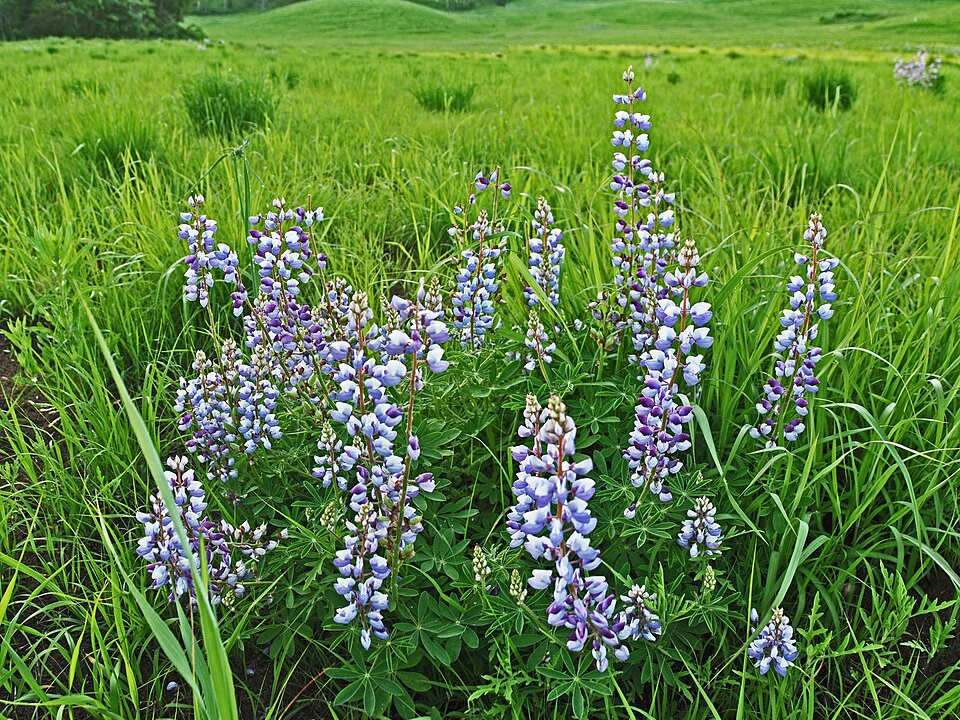
Wild lupine is a native flowering plant that thrives in open fields and sandy soils, providing essential shelter and food for wildlife. In the fall, the plant’s seed pods become an important food source for birds, especially for species like chickadees and woodpeckers. The plant’s leaves and stems also offer protection to insects and smaller animals.
The vibrant blue and purple flowers of wild lupine attract pollinators in the summer, while its later-season seeds help sustain wildlife as the seasons change. This hardy plant is an excellent choice for supporting wildlife during the fall months, as it provides both food and shelter in a variety of settings. Its beautiful blooms and adaptability make it a popular choice for native plant gardens.
Milkweed (Asclepias spp.)
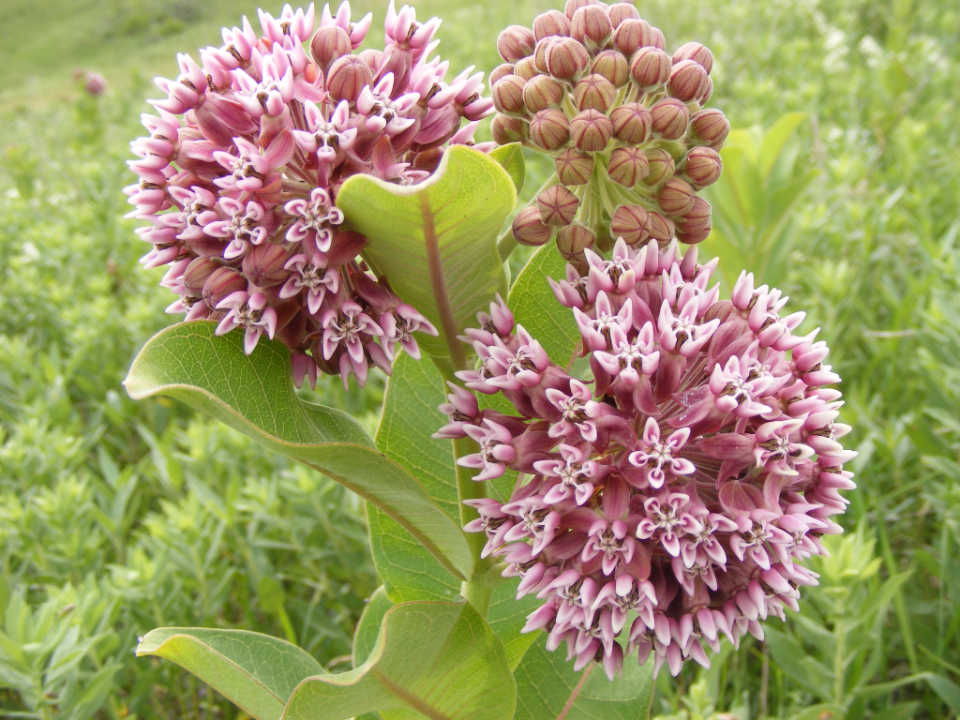
Milkweed is a crucial plant for supporting wildlife, particularly monarch butterflies, which rely on it for nectar and as a breeding ground. In the fall, the plant’s seed pods burst open, dispersing seeds that provide food for birds like goldfinches. The plant’s structure also offers shelter for insects and small animals seeking refuge before the cold weather sets in.
Beyond its role in supporting butterflies, milkweed’s dense foliage provides a safe haven for many species of wildlife. The plant’s adaptability to different growing conditions, from meadows to roadsides, makes it an easy addition to any wildlife garden. Its ability to support both pollinators and animals makes it a top choice for fall shelter and food.
Catmint (Nepeta faassenii)
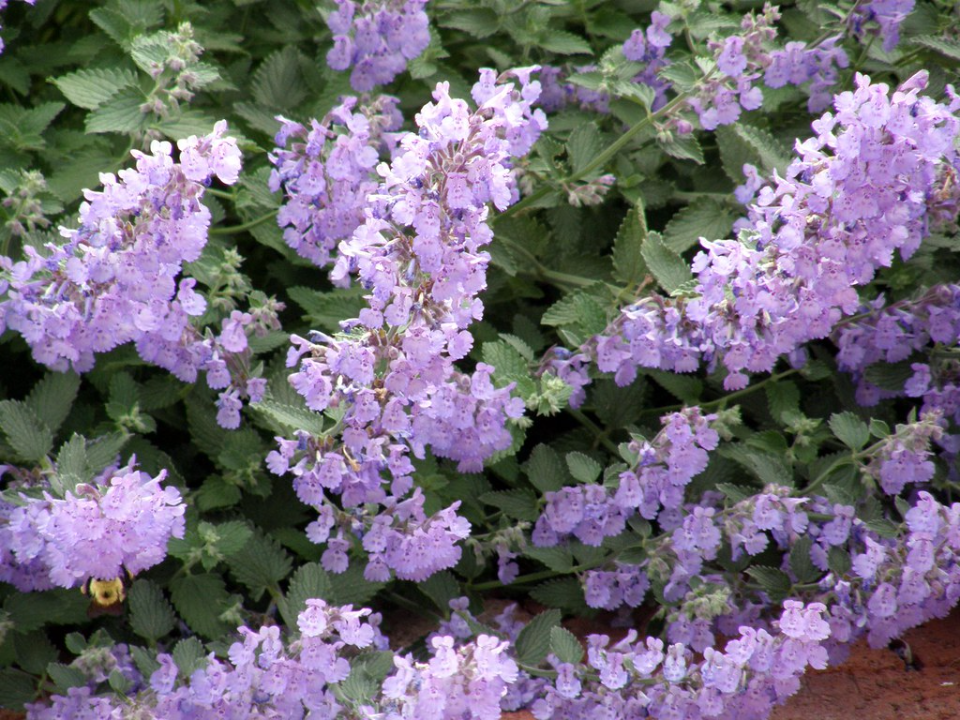
Catmint is a low-maintenance plant that offers both shelter and food for wildlife in the fall. Its aromatic leaves attract various insects, including bees and butterflies, while its small flowers provide nectar throughout the late season. The plant’s dense growth creates a perfect hiding spot for smaller animals like birds and insects seeking shelter.
As fall progresses, catmint’s foliage continues to provide cover for wildlife from the harsh elements. Its ability to grow in a range of soils and conditions makes it a valuable addition to any garden. Its strong scent can also deter pests, making it a versatile plant that benefits both wildlife and gardeners.
Wild Ginger (Asarum canadense)
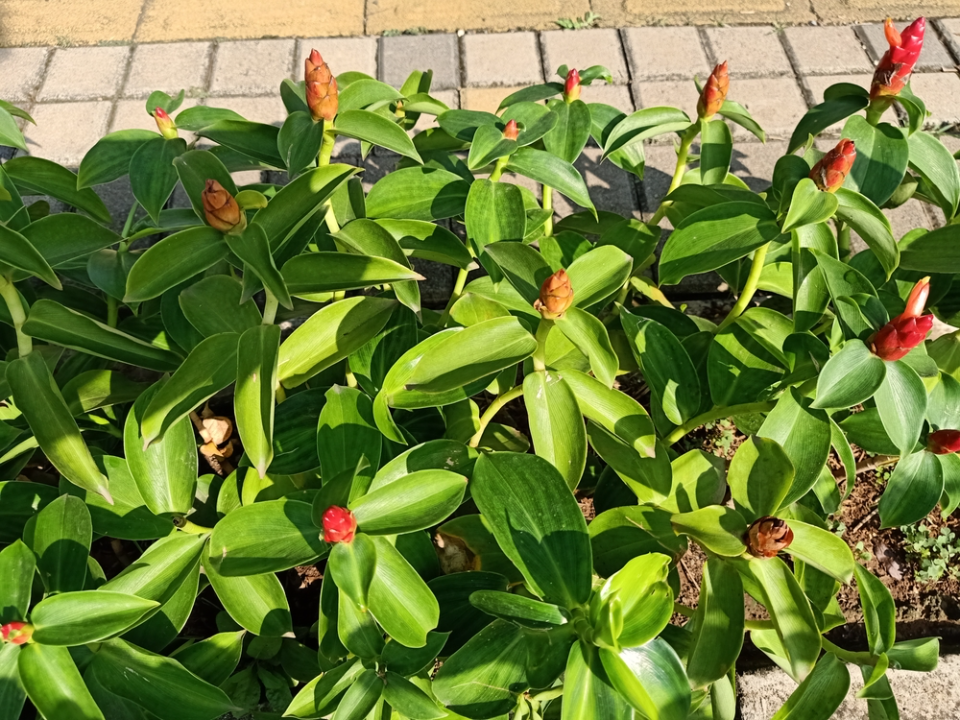
Wild ginger is a low-growing plant that thrives in woodland settings, providing shelter for various small animals. Its heart-shaped leaves offer protection for insects and smaller mammals that need a place to hide from predators. The plant is known for its unique, reddish-brown flowers that bloom in early spring and continue to provide benefits to wildlife as it matures.
In the fall, wild ginger’s dense ground cover serves as a safe space for critters seeking warmth and shelter. Its ability to grow in shady, moist environments makes it a great option for woodland gardens. Wild ginger’s subtle beauty and protective foliage make it a great addition to any wildlife-friendly garden.
Sweetgum (Liquidambar styraciflua)
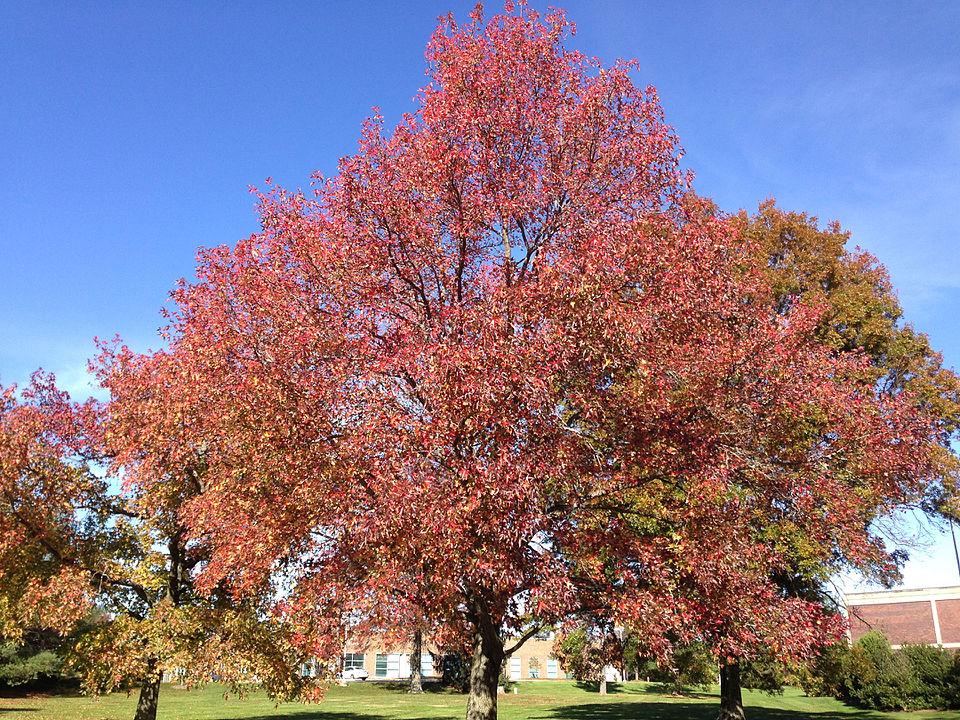
Sweetgum trees are well known for their stunning fall foliage, which provides a vibrant backdrop for wildlife. The tree’s spiky seed pods attract birds like woodpeckers and squirrels, who feed on the seeds during the colder months. The tree’s dense canopy offers shelter for various species, providing protection from the wind and cold.
Sweetgum trees are also highly beneficial for insect populations, as the tree’s bark and leaves serve as a safe place for them to rest. The tree’s adaptability to a wide range of soil types makes it an excellent choice for supporting wildlife in a variety of environments. Its role in offering shelter and food makes it a valuable plant for fall wildlife.
This article originally appeared on Avocadu.
